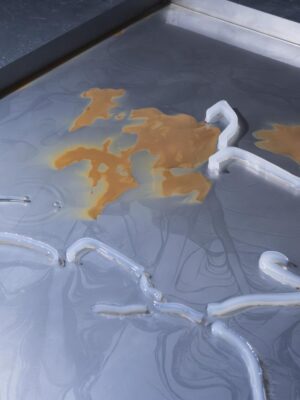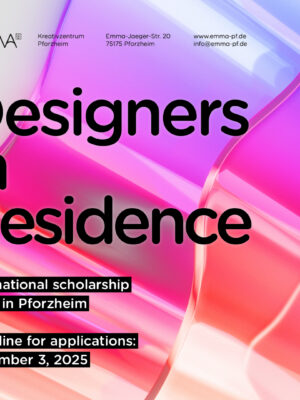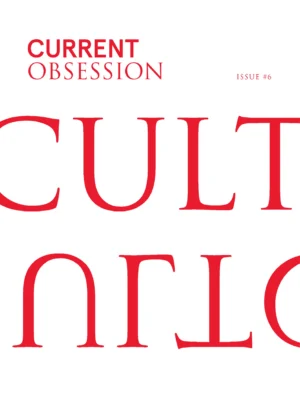Tens of thousands of years ago, hunting and collecting were early survival strategies for mankind. Today, hunting and collecting have become a luxury. People collect everything, and hoarders accumulate things, but what is a collector? Collecting implies not only the gathering of things but also knowledge. Collecting is about curiosity, creating your own world, categorizing and arranging things according to your own rules and your own order.
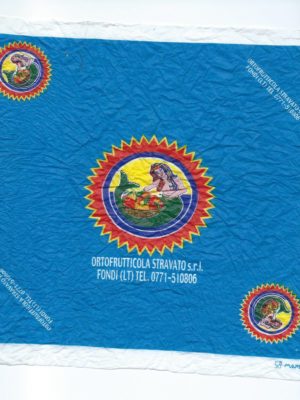
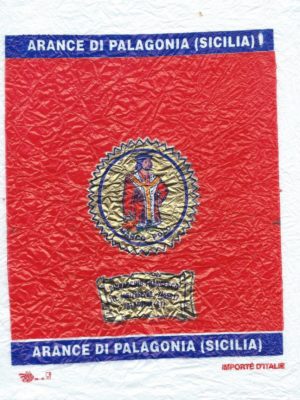
I know a collector (an art historian) of citrus fruit wrappers, colorfully printed tissue papers used during the transport of oranges to prevent the spread of mold. He collected thousands of these twentieth century functional wrappings that were used for simple but imaginative advertising, often printed with gold tones and quaint letter designs. When discussing his collection, he describes categorizing the subject of the images: feathered animals, predators, preys, fabulous animals, comic figures, historical figures, literary characters, saints, landscapes, fruit bowls, happy couples, politically incorrect depictions of black people, man-made constructions and so on. But how would you categorize a lovely lady wearing two big melons in her hands in front of her breasts? Under fruits, under women, or under gender incorrectness? Or a pearl in an oyster? Under jewels or under shells? And how to categorize a clown, a jester, and Eros?
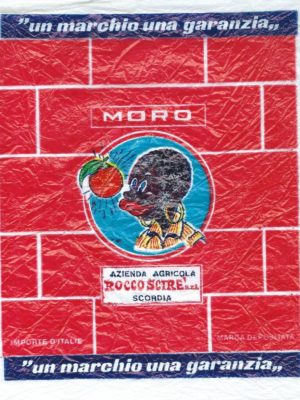
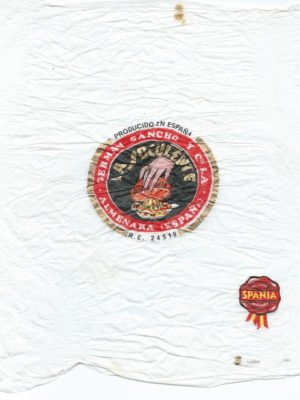
A collector knows everything about his subject, he cannot stop talking about it, and his life is built around collecting. The subject he collects is sometimes overlooked by others[; a collector can be the one who establishes connections nobody else ever thought about, such as the man who collects all flat things. Collections can also be built from the idea of saving something from oblivion: the collection of citrus wrappers may look odd but is in fact a collection of early spontaneous graphic design by local growers and exporters.
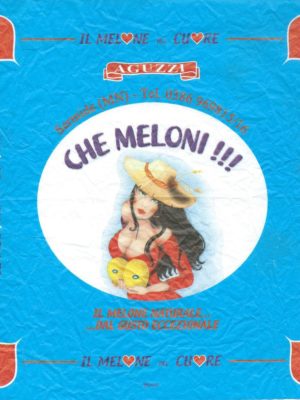
Among collectors, we can recognize a special species – the collector of contemporary jewellery – I happen to be one of them. Contemporary jewellery is a particular artistic field, it differs from all other jewellery genres because this kind of jewellery is created by artists who enjoyed a specialized art education. It is traded in specialized jewellery galleries, and besides private people also museums (such as the Stedelijk Museum in Amsterdam) collect this type of jewellery. Within the wider field of arts, however, contemporary jewellery is still a bit overlooked. There are many reasons for this which can be understood from jewellery’s ambiguity. Jewellery can be small but sculptural, decorative, subordinate and autonomous, a sign on the body, often without any material value, and dependent on the body since it is the wearer who activates the piece.
These inherent contradictions are difficult to handle in the art world but as a young Art History student at the University of Amsterdam, I found that to be a part of jewellery’s appeal. From the early 1980s I started frequenting the Amsterdam Galerie Ra, one of the first jewellery galleries in the world, and I evolved into a jewellery collector – even though I had little money and didn’t consider myself a collector initially. Probably most people become a collector by chance. It just happens, and when they realize they are one it is too late to stop because collecting is a pleasurable addiction.
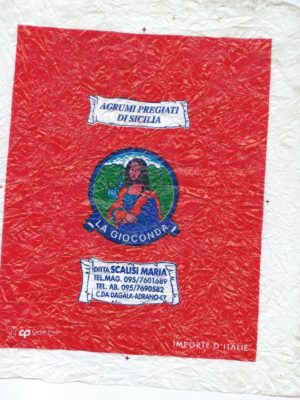
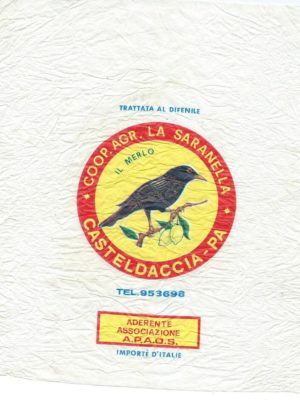
The first ideas for The Joy of Collecting manifestation originates from a group of jewellery enthusiasts and collectors who joined forces in a foundation the SSC, in Dutch: Stichting Sieraden Collecties (2014), of which I am one of the founders.
We strive to preserve private jewellery collections in The Netherlands for the future. The Joy of Collecting manifestation is our way to bring collectors, artists, designers from various backgrounds together to talk about collecting and the future of private collections. By presenting jewellery collections within the context of artists’ collections, fine art, fashion and design, we hope to learn from each other and breach jewellery’s isolation. The programme for the manifestation was made in collaboration with the Current Obsession team. Thanks to their network, Design Date – a spin off of a romantic television show put into a professional context- will be playfully moderated by Matylda Krzykowski. Each round, three participants will try to make a match with a mystery guest, a collector, museum curator or another influencer.
Collecting and wearing jewellery is a phenomenon with a 50-year-old history in the Netherlands. We can say that it all started in May 1967 when jewellery designers Gijs Bakker (the later founder of Droog Design) and Emmy van Leersum (his wife) organized a mind-blowing jewellery catwalk show at the Stedelijk Museum in Amsterdam, which at that time was regarded worldwide as a vanguard institute for contemporary art. The models moved on the catwalk to the electronic tones of Fantasy in Orbit by Tom Dissevelt. They wore simply designed dresses and suits, combined with enormous anodized aluminium collars and bracelets, and flexible PVC head forms.
I was still a child at that time, so I had no idea, but the impact of this jewellery was immense within the confines of art and especially crafts. There were articles and interviews in newspapers and magazines, and pictures travelled around the world. Soon invitations and requests from America and other countries reached the artists. Everyone wanted to see this revolutionary jewellery in real, and meet the designers. In their interviews, Bakker (1942) and Van Leersum (1930-1984) were clear about their wish to renew jewellery, and to withdraw it from the mechanisms of money investments and traditional taste. Their jewellery was meant for people of their own generation, using contemporary and industrial materials such as aluminum, stainless steel, plastic, and prefab materials, since they felt hindered by traditional precious materials and its inherent value system.

Their critical attitude towards mainstream, fine and craft jewellery was embraced by a younger generation of jewellery makers, gallerists, and museum curators. The fact that this so-called ‘New Jewellery’ could bloom so quickly at the end of the 1960s had to do with different factors. These included post-war economic prosperity, a young post-war generation (baby boomers) looking for recognition of their needs, and a general dissatisfaction in society, among students and in the arts, about the authoritarian character of existing institutions and assumptions (the ;this is how we use to do it, and so we’ll keep doing it’ attitude).
New Jewellery popped up in a few places around the world, in The Netherlands (Amsterdam), England (London), Germany (Pforzheim, Munich) and in the United States. It has grown into a global artistic movement that today is alternately designated as art jewellery, author jewellery (auteur jewellery), contemporary jewellery, or studio jewellery. Although the naming is confusing, and based on personal and regional preferences, it is clear that this artistic movement has settled on the crossroads of fine art, jewellery, fashion and design. Amsterdam has been able to keep a relatively fertile jewellery scene over a period of 50 years. This city houses a jewellery department at the Gerrit Rietveld Academy, two jewellery galleries (at certain times even 3), a community of makers of international esteem, and a museum (Stedelijk Museum Amsterdam) that has been collecting and exhibiting contemporary jewellery actively since 1967. Amsterdam is still a magnet for international students, and jewellery enthusiasts from abroad.
The first jewellery gallery specialized in contemporary alternative jewellery in Amsterdam (and probably the first in the world) was Galerie Sieraad, founded in 1969 by Hans Appenzeller and Lous Martin. The gallery existed until 1975. One year later, Paul Derrez, who had worked there as an intern, opened Galerie Ra, which is still active today in Amsterdam. Over the years other jewellery galleries (at least 11) in The Netherlands settled and lasted for short or longer periods. Today there are three internationally acclaimed jewellery galleries in The Netherlands: Marzee (1978) in Nijmegen, Rob Koudijs in Amsterdam (2007), and Ra (1976). The existence of specialized jewellery galleries in a country points to the existence of an audience. Over time, new collectors and wearers became interested in jewellery. Some start as collectors of fine art and then discover the main pleasure of collecting jewellery: the fact that it is personal and wearable. I was lucky to be born, raised and educated in Amsterdam. I have the city to thank that I was introduced to contemporary jewellery at a young age. At that time (1980), it stretched my thinking about art, made me aware of other artistic expressions, and I experienced the pleasure of wearing jewellery, and of interacting with art on a personal level.
While the contemporary jewellery field matured, the collectors grew older. This was one of the reasons for Amsterdam-based jewellery artist Ruudt Peters and I to start the SSC foundation that aims to open a House of Jewellery (for private jewellery collections) in the future. Collecting jewellery implies a special responsibility because brooches, necklaces and rings that are worn are also part of the artistic legacy of artists. Collecting contemporary jewellery is like protecting cultural heritage – not only the pieces but also the stories about wearing. We (SSC) think that by starting to build a database of private jewellery collections, a first step is made on our way to creating a House of Jewellery. At The Joy of Collecting manifestation there is room for discussion about this idea.
In the meantime, young people try to activate their contemporaries to start collecting and wearing contemporary jewellery. We are happy to have Judith Torzillo as a contributor to The Joy of Collecting manifestation. Judith is a young jewellery artist and curator from Sydney, Australia, where she organized a project for young jewellery collectors in their twenties. Some of these are artists start building a jewellery collection by swapping with colleagues. Now Judith has organized a second edition that will be presented during the manifestation in Amsterdam.
Collecting can also be a source of information and inspiration for artists. Many (jewellery) artists are fascinated by natural or man-made things, and have strange collections that might be transformed into a new art work. This is one of the subjects at The Joy of Collecting, epitomized in the participation by fine artist Pet van de Luijtgaarden. He will present a selection from his collection of abandoned collections purchased via Internet marketplaces. Second hand mobile homes, also collected by Pet, will serve as temporary pop-up exhibition spaces for his collections of useless things which were once the joy and life of the individuals they belonged to.
Confronted with collections, whether contemporary jewellery, orange wrappers, or anything else, everyone will recognize that collecting is so human. It is a passion that shapes people’s lives. The jewellery collector has the privilege to be able to wear parts of his collection, to bring it outside and to talk about it with complete strangers. The Joy of Collecting is all about this, with talks by specialists and artists, design dates and social clubs where the audience is invited to participate in discussions about designated subjects. The half day manifestation is open for every interested paying visitor, and has a special entrance fee for students.
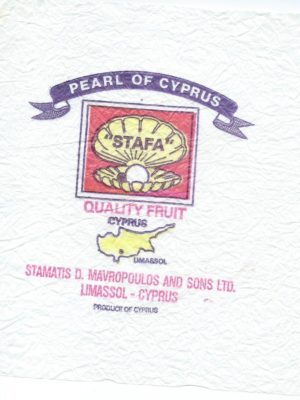
Citrus fruit wrappers from the collection of Andre Minnaar, Cabraldi, Sarsina, Italy
OBSESSED! Jewellery in the Netherlands is a festival that unites the best events focussing on jewellery – exhibitions, symposia, fairs, book presentations and open studios – into one intriguing programme, put together by Current Obsession.
OBSESSED! runs throughout the whole month of November’17, in various cities across the Netherlands, accompanied by a special free edition of Current Obsession Paper and an interactive webpage.
The Joy of Collecting 11-11-2017
Day programme starts at 12:30
Tolhuis, Buiksloterweg7, 1031 CC, Amsterdam
Prices Day Tickets
Normal €45
Student €25
Prices Day Tickets including dinner
Normal €75
Student €55
Buy your tickets here

